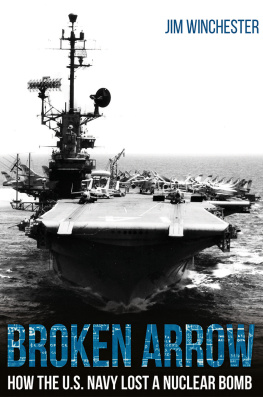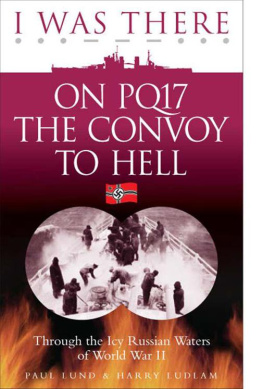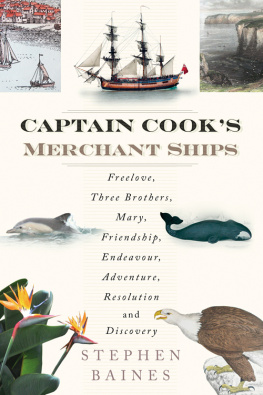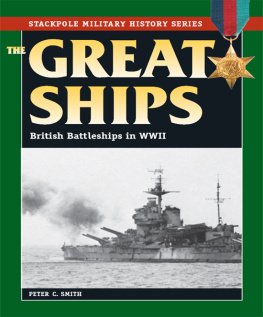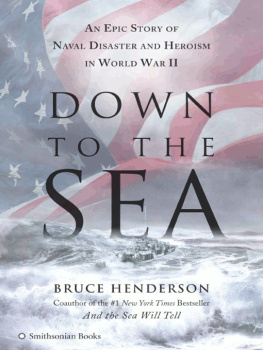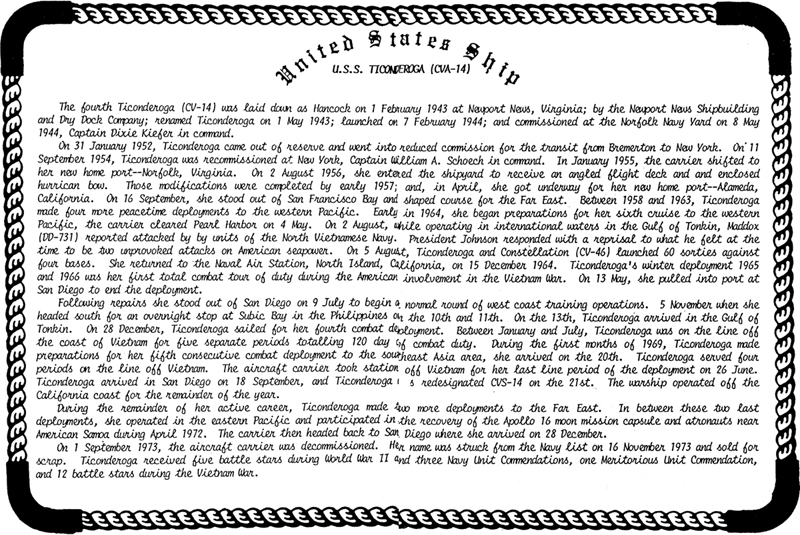USS TICONDEROGA
CV-CVA-CVS-14
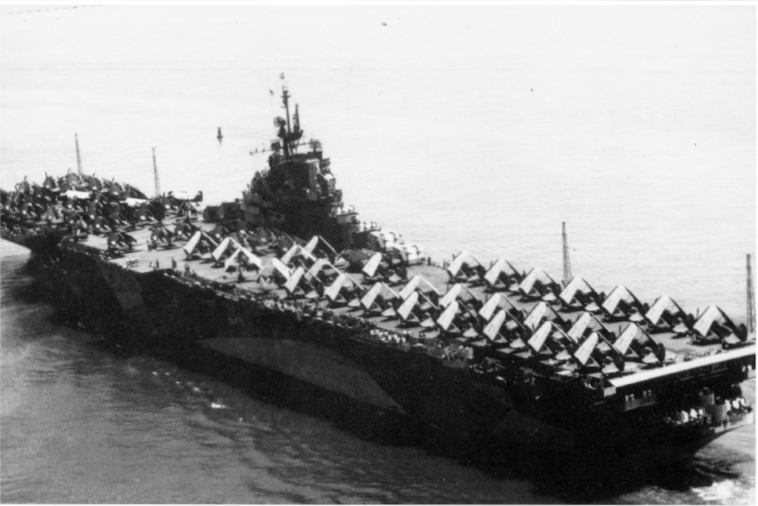
TURNER PUBLISHING COMPANY

TURNER PUBLISHING COMPANY
Copyright 1996
Turner Publishing Company.
All rights reserved.
Publishing Rights: Turner Publishing Company
This book or any part thereof may not be reproduced without the written consent of Turner Publishing Company.
Turner Publishing Company Staff:
Editor: Erik Parrent
Designer: Lora Lauder
Library of Congress
Catalog Card Number 96-061908
ISBN: 978-1-56311-258-4
Additional copies may be purchased directly from Turner Publishing Company.
This publication was compiled using available information. The publisher regrets it cannot assume liability for errors or omissions.
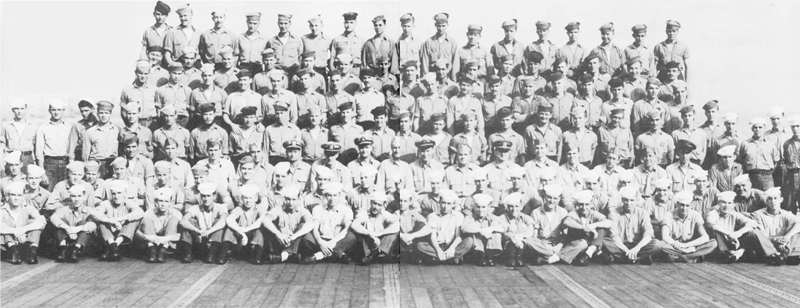
Endsheets: Courtesy of Howard Hoxsie and C. Vern Higman)
Photo this page: Communications Department, To-kyo Bay, September 1945. (Courtesy of George K. Ames)

A four-inch shell through right wing and fuselage exploded above plane Round Trip Ticket on November 11. 1944. It severed two of the four engine mounts and all cockpit instruments. Higman received shrapnel wounds on his right leg. (Courtesy of C.V. Higman)
TABLE OF CONTENTS
FOREWORD
Ticonderoga ships and men have established an impressive naval tradition for nearly two centuries. We have only official records of the Ticonderoga men who sailed and fought the earlier ships. In this volume are the vivid memories of those who survive today from World War II to the present.
Love and pride in your ship and fellow shipmates are surely a paramount necessity for a happy and effective crew. Such was the case of carrier Ticonderoga during her twenty-nine years of service. From routine operations to deadly combat with her enemies, the men who manned her performed their duties with the highest courage and professionalism.
Herein are some of their stories as best they remember them including that fateful day in January of 1945 when so many gave their lives for their country. Many more, today, still carry the scars and disabling wounds of the attack and the mental horrors will never leave any of those who were aboard at the time.
The Aegis Cruiser Ticonderoga, operating with our present day fleet, carries on our tradition in this modern day and has made her powerful presence known to those who would challenge our purposes throughout the world.
We, of the carrier Ticonderoga, are sailing with her and her crew in mind and heart as she sallies forth in her quest for peace in a turbulent world.
Charles Chuck Large, M 1/c Plankowner

USS Ticonderoga (Photography by Bruce Trombecky, courtesy of U.S. Navy Pacific Missile Test Center)

USS TICONDEROGA
THE BIG T SHIPS THAT HAVE BORNE THE NAME
TICONDEROGA
A village in Essex County, NY, on La Chute River, 100 miles north of Albany. The name is an Iroquois Indian term which means between two lakes and refers to Lake George and Lake Champlain. Here, the French built a fort called Carillon in 1755, but it was captured four years later by British troops under General Amherst. Early in the American Revolution, on May 10, 1775, Ethan Allen and his Green Mountain Boys captured the fort from the British. General Sir John Burgoyne recaptured the fort in May 1777, holding it until his surrender at Saratoga, NY on October 17, 1777.
I
(Sch: t. 350; 1. 120'; a. 8 long 12-pdrs., 4 long 18-pdrs., 3 32-pdr. car.)
The first Ticonderoga, a merchant steamer built in 1814 at Vergennes, Vermont, was purchased by the Navy at Lake Champlain and converted to schooner rigging; and relaunched on May 12, 1814.
Ticonderoga rendered gallant service with Captain Thomas Macdonoughs squadron during the Battle of Lake Champlain on September 11, 1814. Commanded by Lieutenant Stephen Cassin, Ticonderoga compelled sloop HMS Finch (formerly USS Growler) to surrender after riddling her with shot and forcing her aground. She also assisted in the capture of sloop HMS Chubb (formerly USS Eagle), and repelled several boarding attempts by British gunboats. Midshipman Hiram Paulding was on board Ticonderoga during the battle and used his pistol to discharge a cannon when firing matches proved defective. During the two-and-one-half hour engagement, six members of Ticonderogas crew were killed, and six others were wounded.
After the war, Ticonderoga was laid up at Whitehall, New York. A decade later, she was pronounced unworthy of repair and sold at public sale on July 19, 1925.
II
(ScSlp: dp. 2,526; 1. 2370"; b. 382"; dr. 176"; a. 11 K.; a. 1 150-pdr., 1 50-pdr. D.r., 69" D.sb., 2 24-pdr. how., 2 12-pdr. r., 2 heavy 12-pdr.ab.)
The second Ticonderoga was laid down by the New York Navy Yard in 1861; launched on October 16, 1862; sponsored by Miss Katherine Heaton Offley; and commissioned at New York on May 12, 1863, Commodore J.L. Lardner in command.
Ticonderoga went south on June 5, 1863, for duty as flagship of the West Indies Squadron and, after stopping at Philadelphia, arrived at Cape Haitien on June 12. She patrolled waters off the Virgin Islands, Barbados, Tobago, Trinidad, and Curacao protecting Union commerce. Ticonderoga returned to Philadelphia for repairs in September. She was relieved as flagship of the squadron in October and sent to the Boston Navy Yard.

Jet aircraft departing the flight deck of Ticonderoga. (Courtesy of E. W. Tenpenny)
Operating out of Boston, Ticonderoga searched unsuccessfully off Nova Scotia for the captured steamer Chesapeake from December 11-16. In June 1864, she hunted Confederate commerce raiders off the New England coast, putting into Portland Harbor, Maine, on June 26. There, Ticonderoga received a telegram on July 10 ordering her to track down and destroy the marauding Confederate raider CSS Florida. Her search lasted until October and carried Ticonderoga as far south as Cape San Roque but was stopped because of mechanical troubles and insufficient fuel. She returned to Philadelphia late in October.
Ticonderoga




